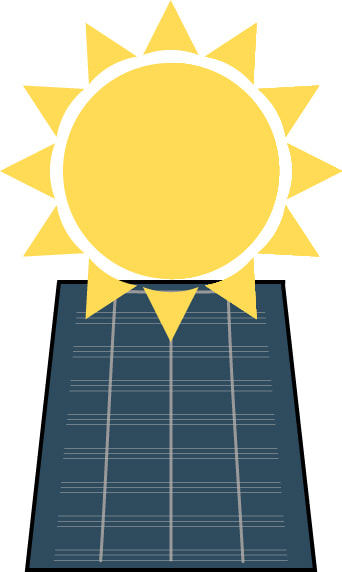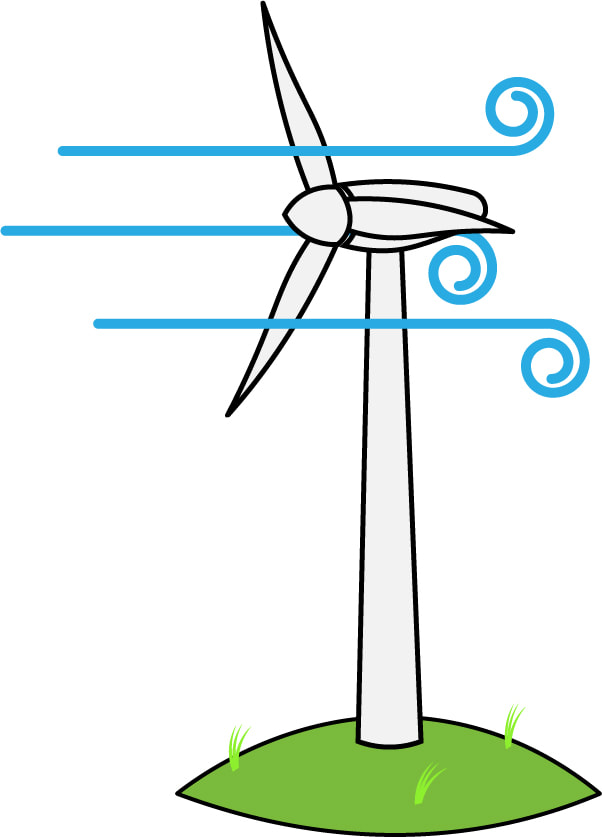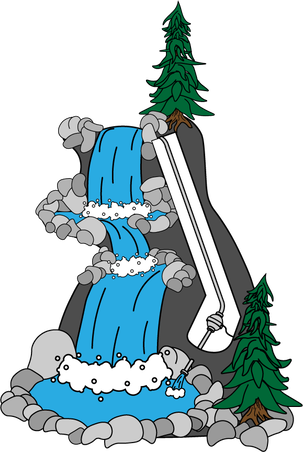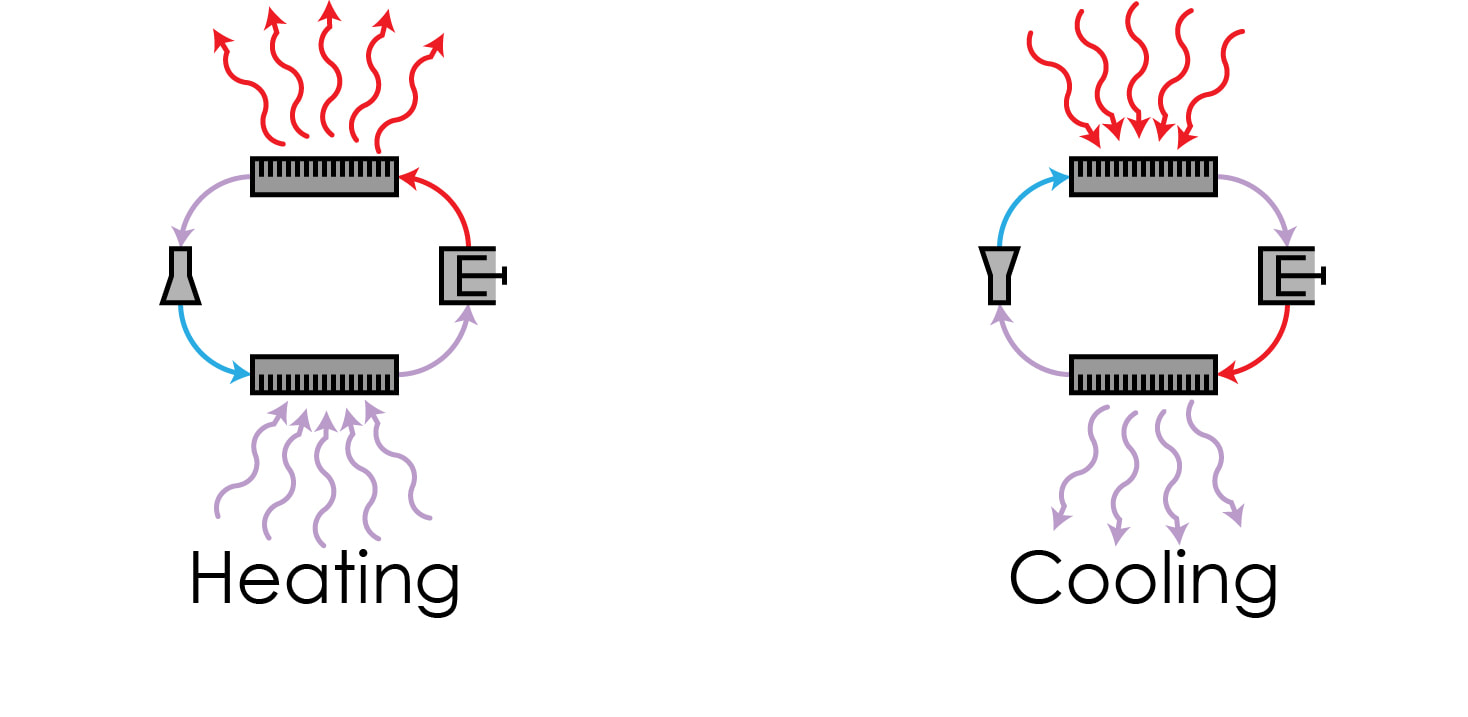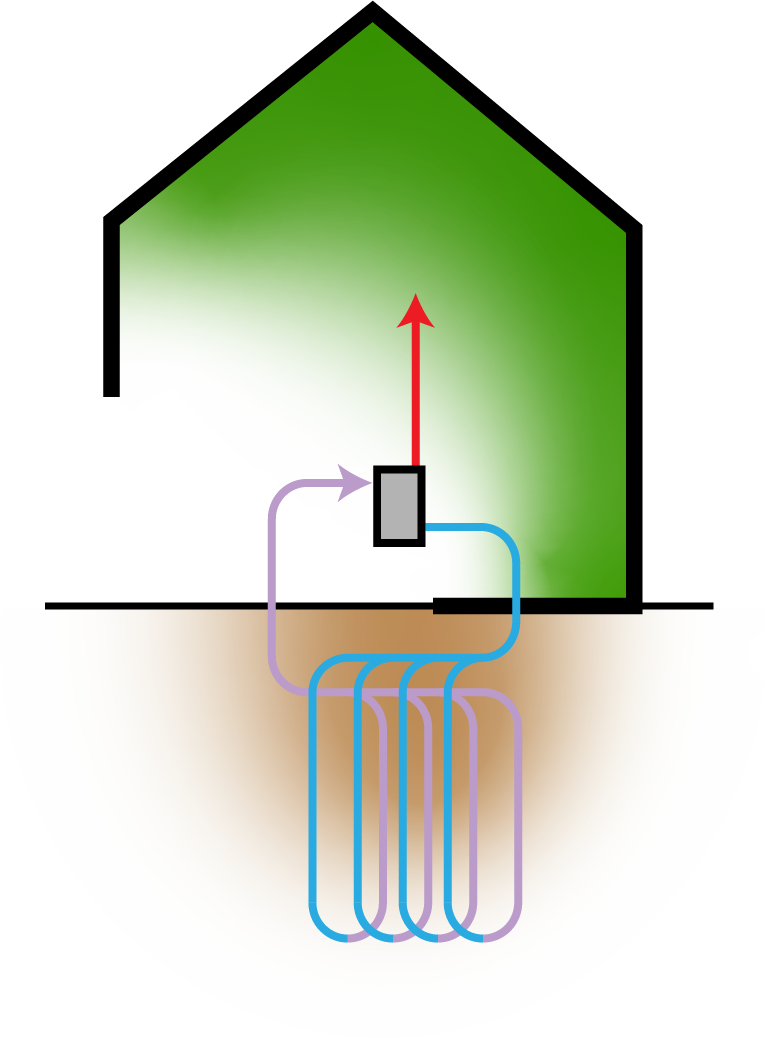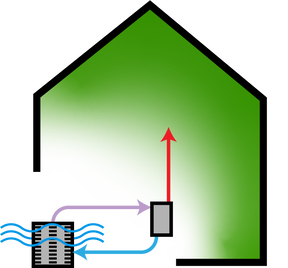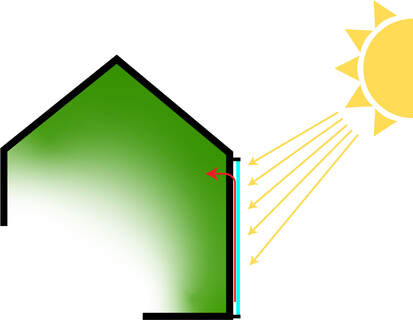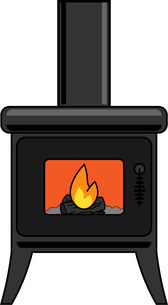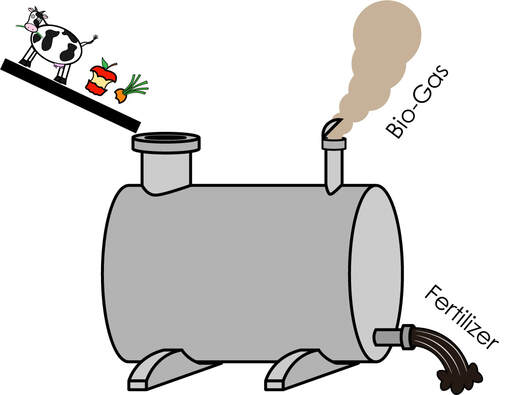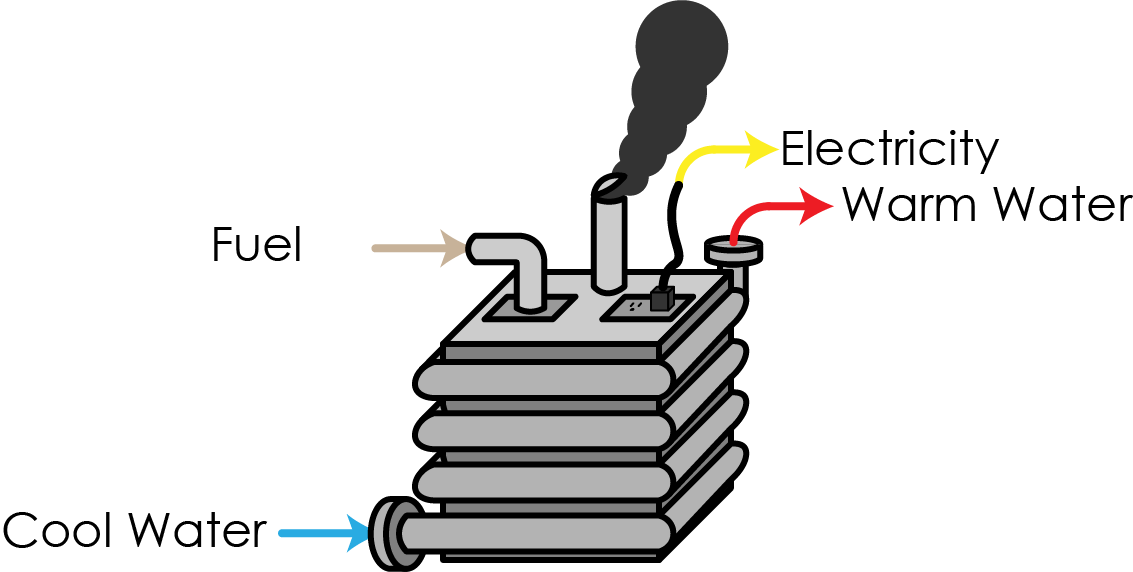|
An energy generator is considered renewable if its source isn't depleted as energy is generated. Although they have the benefit of sustaining viability into the future, the capacity of the generator is limited by the site's renewable resource availability.
|
We always take a site's resource availability into account when designing a new home. Making sure you have enough access to renewable resources to attain the high-performance standards we strive for.
|
WHERE CAN WE GET RENEWABLE ENERGY?
|
For many homeowners, all the energy they need to offset their annual consumption can be collected on their roofs. Solar photovoltaic modules have come a long way since their inception in the 19th century.
|
In the last decade alone the cost of PV has decreased by about 85%! Not only has solar energy gotten cheaper, every house has a roof! By designing our houses to orient modules toward the Sun, we can easily offset annual consumption.
|
|
Although solar might be more prevalent in the minds of most people, Alberta gets most of its renewable energy from wind.
Wind installations get more efficient and cost effective as the turbine gets bigger. However, farms, acreages, and communities can have both the resource and the space to justify installing a big turbine. |
|
Like wind, run-of-river hydro turbines are very site specific. However, when a property does have access to a river whose elevation changes somewhat quickly, this technology is a great option.
Diverting a small portion of the river maintains its health while providing a relatively consistent flow of renewable energy. |
WHAT ABOUT THERMAL ENERGY?
|
Generating electricity using renewable resources is particularly useful because of electricity's diverse range of applications. Furthermore, some sources of renewable energy are difficult utilize without using a little bit of electricity. One technology that helps us do this is the heat pump.
|
|
Heat pumps employ the use of a refrigeration cycle, not unlike that found in your fridge. Low-grade heat flows into the cool liquid in the bottom radiator. This warmer liquid flows to a compressor, vapourizing it and increasing its temperature. This hot vapour can then be used to heat the home.
|
Unlike your fridge, heat pumps can operate in either heating or cooling. The cycle reverses and cool liquid flows into the radiator inside your home, collecting heat. Instead of expelling it into your home, the heat is rejected. To where depends on the heat pump's source of renewable energy.
|
Where do heat pumps get the heat?
|
One option for sourcing heat is going to ground. That is, using the ambient temperature of the Earth to return consistent thermal energy back to the heat pump.
We do this by looping long runs of pipe through the Earth, either by excavation or drilling. Fluid then carries thermal energy through the pipes. As a building is heated, the borefield is slightly cooled. In the summer, cooling the building rejects heat back into the Earth. Consistent ground temperatures mean the heat pump can operate efficiently year round. However, there is the matter of installing an expensive borefield which can, is some cases, prove cost prohibitive. |
|
A great alternative to ground-sourced heat pumps are air-sourced ones. Instead of drilling into the Earth to access thermal energy, these units simply source their energy from the surrounding air.
Even when outdoor temperatures are below zero, the heat pump can still lift the energy to usable heating temperatures. When it gets too cold, they simply use electric resistance heating to do the job. |
|
The real beauty of heat pumps lies in their performance. Since their source of heat is renewable, the energy considered in operation is the electricity used to run the compressor and pumps. Household heat pumps can run so efficiently that you might get 5 units of heating or cooling energy for every 1 unit of electricity used. Compared to the traditional 0.96 units of heating for every 1 unit of gas used in a high-efficiency furnace, the choice seems easy.
|
ARE HEAT PUMPS OUR ONLY THERMAL OPTION?
|
Solar photovoltaic modules are hardly the only way to harvest energy from the Sun. Solar thermal air-walls are a fantastic way to achieve this, owing to their simplicity.
During design, part of the South facing facade is designated as an air-wall. Instead of siding this portion normally, we create a small, black airspace. This is covered in a transparent material. The resulting greenhouse effect provides heat that can be used to condition make-up air or the heat pump's input fluid. Since the cost of siding that area is saved, these prove a cost-efficient way to supplement a building's thermal energy. |
|
Of course, good ol' fashion wood-fired stoves are always an option. You might be thinking, doesn't burning wood emit carbon dioxide? Sure, but all of the carbon in the wood was absorbed from the atmosphere over the trees life. So, as long as the wood comes from a sustainable logging operation, it's carbon neutral!
There are also plenty of alternatives to logs like wood pellets or torrefied pellets that make this method of heating even more cost efficient and convenient! |
How else can we benefit from Earth's diversity of life?
BIO-ENERGY!
Obviously there's no shortage of ways we benefit from the vast range of life we see on Earth. However, when we're speaking in the context of energy we can shorten that list significantly. Bio-energy is a field where our knowledge of biochemistry meets the growing demands for sustainable energy sources. Although the field is young and rapidly expanding, we'll focus on a couple of the major technologies spreading across the globe.
Anaerobic Digestion
|
Put more simply, this is the process of letting microbes decompose organic matter like food scraps, yard waste, and manure without any oxygen. These materials, though often considered waste, contains quite a bit of embodied energy, even if our bodies can't process it.
Many groups of microbes can, however, and in doing so end up producing useful substances. One of the byproducts of this process is bio-gas, a vapour composed primarily of methane. After some minor processing to remove some of the other vapours, bio-gas can be used in the same way as natural gas, but as a carbon neutral alternative. The liquid that's left over after the usable energy is removed is highly nutrient rich and can be used as a powerful organic plant fertilizer. |
Bio-Diesel
|
Who would have thought that the old diesel generator spewing black smoke could be run sustainably?
By taking in waste fats, oils, and greases and treating them with as assortment of catalysts and chemicals, we can produce a substance very similar to diesel. It can even clean out old diesel residue from an engine as it works. |
COMBINED HEAT AND POWER
|
Bio-gas and bio-diesel can be used in many of the ways natural gas and diesel are used normally, one such way being combined heat and power generators.
|
They're basically normal generators, but fluid is carried through pipes encircling the unit.
By capturing and using the heat that would have been wasted, co-gen units can boast efficiencies twice as high as that of a normal electrical generator! |
Is that all we can do?
|
Not quite, there are other forms of renewable energy out there, but they're less applicable to individual homes. Furthermore, there are many ways we can design communities to lessen everyone's environmental impact.
|


